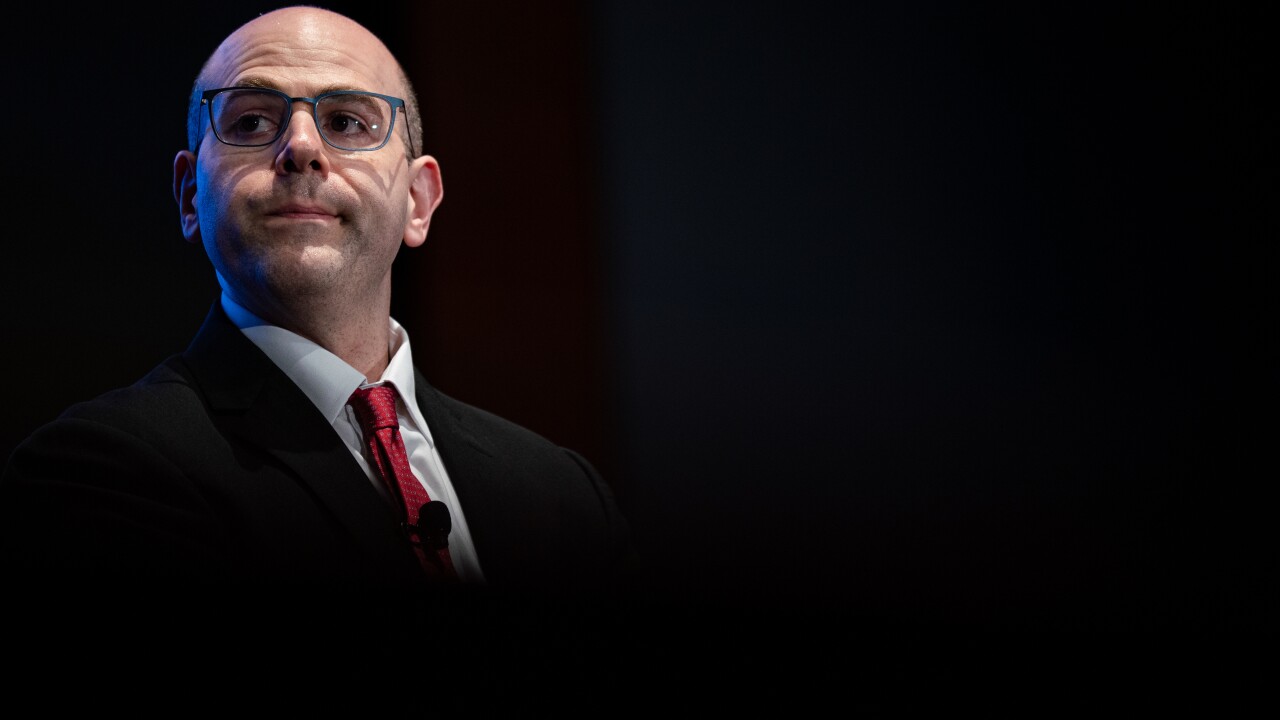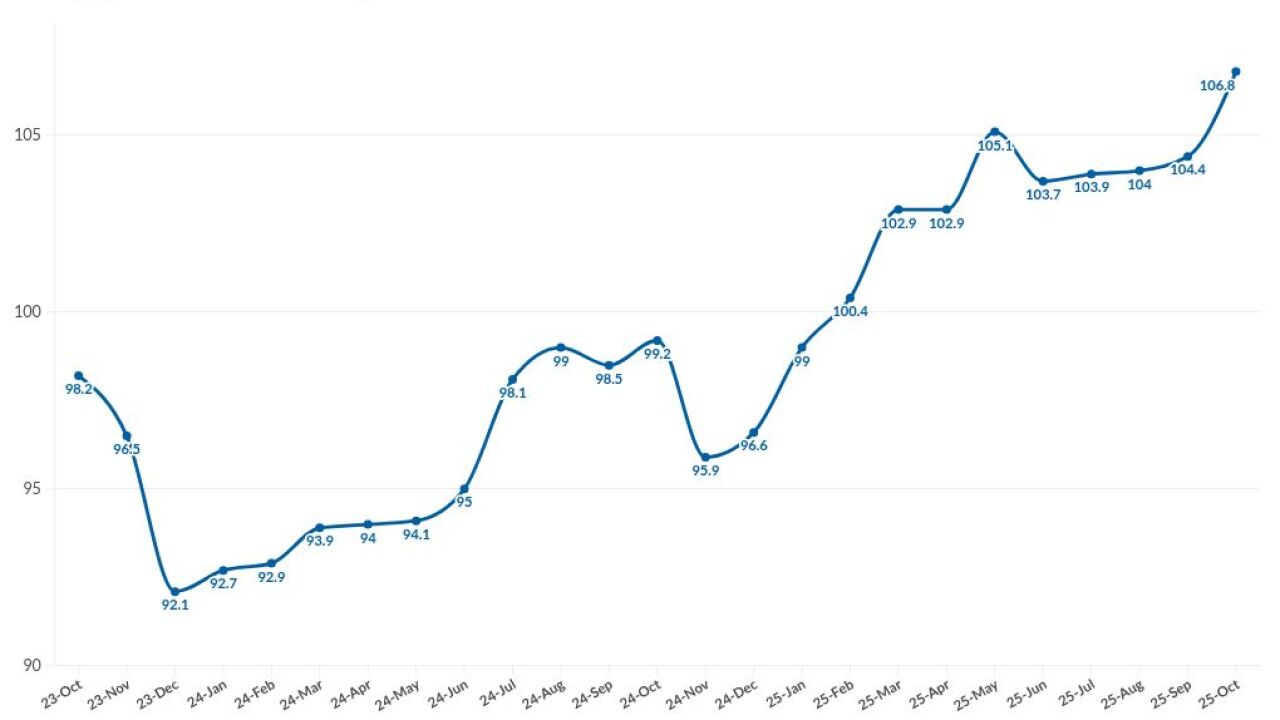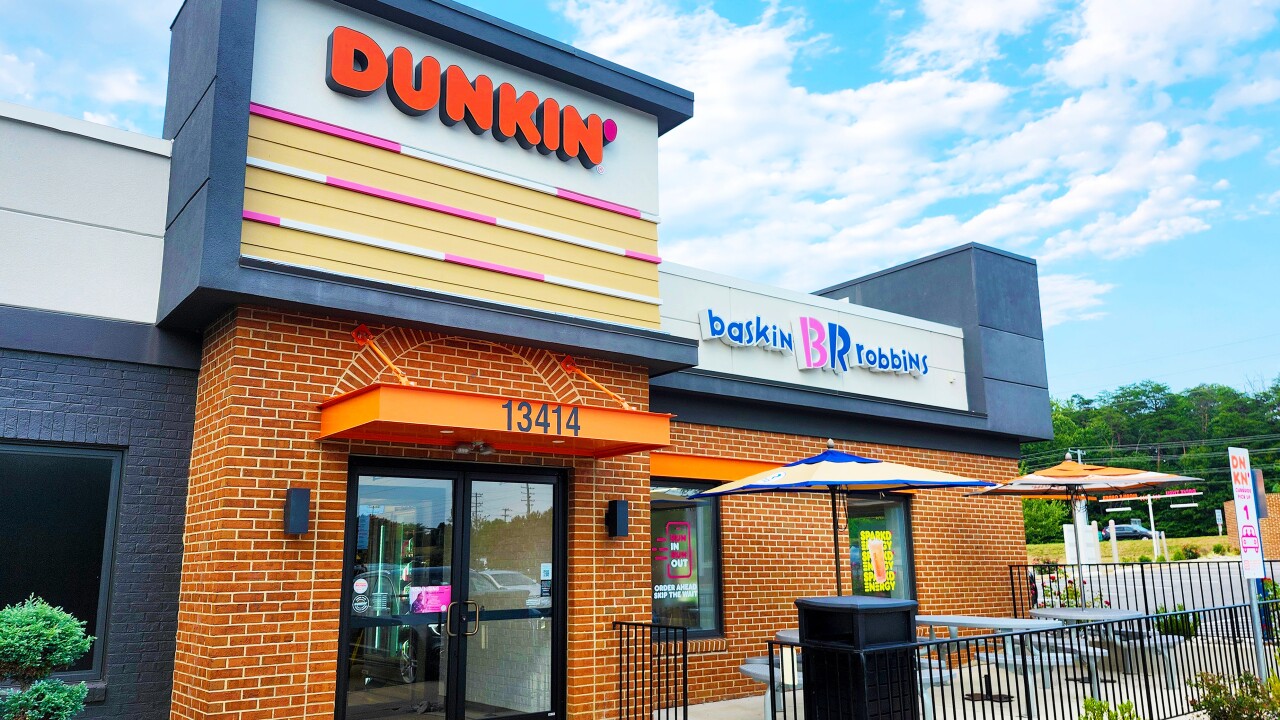The Federal Reserve may need to raise interest rates “significantly” higher than it currently expects to cool an overheated U.S. economy, Goldman Sachs Chief Economist Jan Hatzius said.
“If the economy does not slow and if we, in particular, don’t get a pretty substantial slowdown in employment growth, then you’d be looking at something that could go significantly higher, to the 4%-plus range,” he said in an interview on Bloomberg Television on Friday.

That is not Goldman’s expectation, he noted, while cautioning that it will require “fancy footwork” from the Fed to achieve a soft landing amid the hottest inflation in 40 years and the strongest labor market since the 1950s.
“Our baseline is that by the middle of 2023 we’ll be at a little over 3% but there are obviously risks around that,” Hatzius said in the interview with Lisa Abramowicz, Tom Keene and Jonathan Ferro. “On the downside, if we get a much sharper tightening in financial conditions than they want. On the upside, if the economy stays stronger, or you fail to get additional tightening in financial conditions.”
The Fed raised rates by a quarter of a point last month to a target range of 0.25% to 0.5% and signaled in its dot-plot forecast that it expects to lift rates to 1.9% by the end of 2022 and 2.8% by the end of 2023.
Officials since then have said they are open to moving faster if needed to quell inflation, including by hiking a half point at their upcoming May 3-4 meeting. Minutes of their March 15-16 policy gathering showed that many of them had favored going that big last month, but they opted for a more cautious quarter-point hike in light of Russia’s invasion of Ukraine and were open to raising rates by a half point at one or more meetings going forward.
“The goal for the Fed is to bring about a gradual tightening in financial conditions otherwise they’re not going to achieve the goals that they have — which is to stabilize the economy near full employment but not in an overheated state,” Hatzius said.
The consumer price index soared 7.9% in February from a year earlier, the most since 1982. The Fed’s 2% inflation target is based on a separate measure, the personal consumption expenditures price index, which rose 6.4% in the 12 months through February. Meanwhile, U.S. labor markets remain strong with the unemployment rate dipping to 3.6% last month as employers added 431,000 jobs.
'Ideal world'
“In an ideal world what the Fed would do is slow the economy to a degree that leads companies to delay or shelve some of their expansion plans, thereby bring down these extremely high open positions, without slowing it so much that you get substantial layoffs,” Hatzius said. “It’s going to require some fancy footwork.”
Bloomberg Opinion columnist and former New York Fed President William Dudley wrote in a
Hatzius said the tightening in conditions could come via other channels.
“It doesn’t have to be declining stock prices. But it has to be some combination of weaker stock prices, higher interest rates, a stronger currency and wider credit spreads. These things can be substitutable for one another.”





